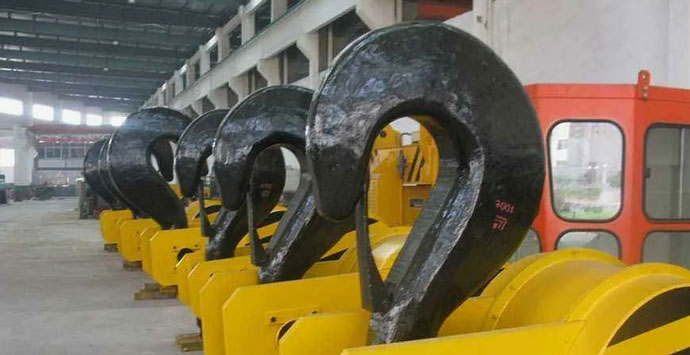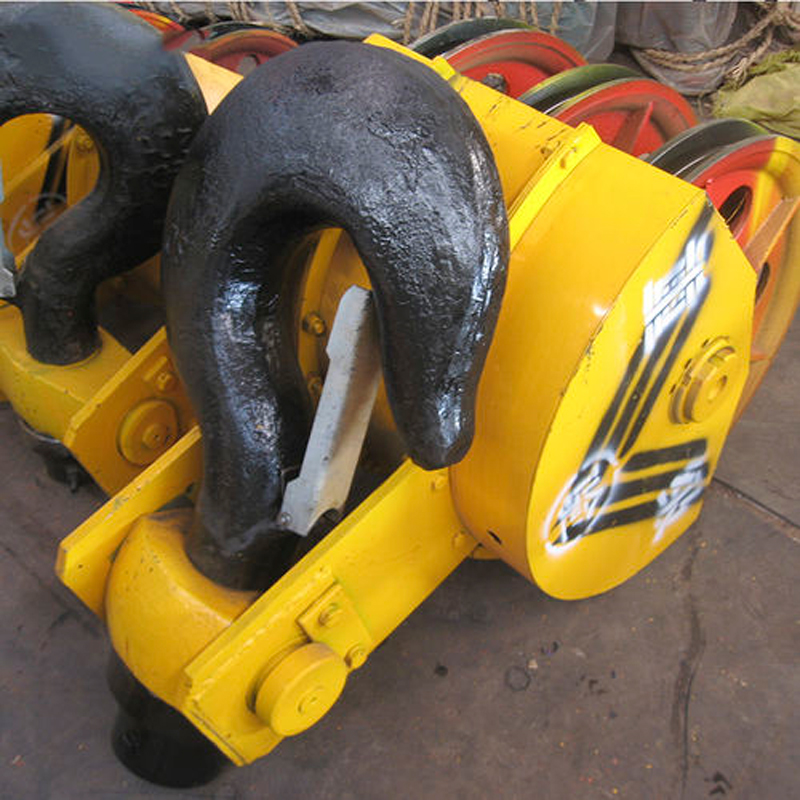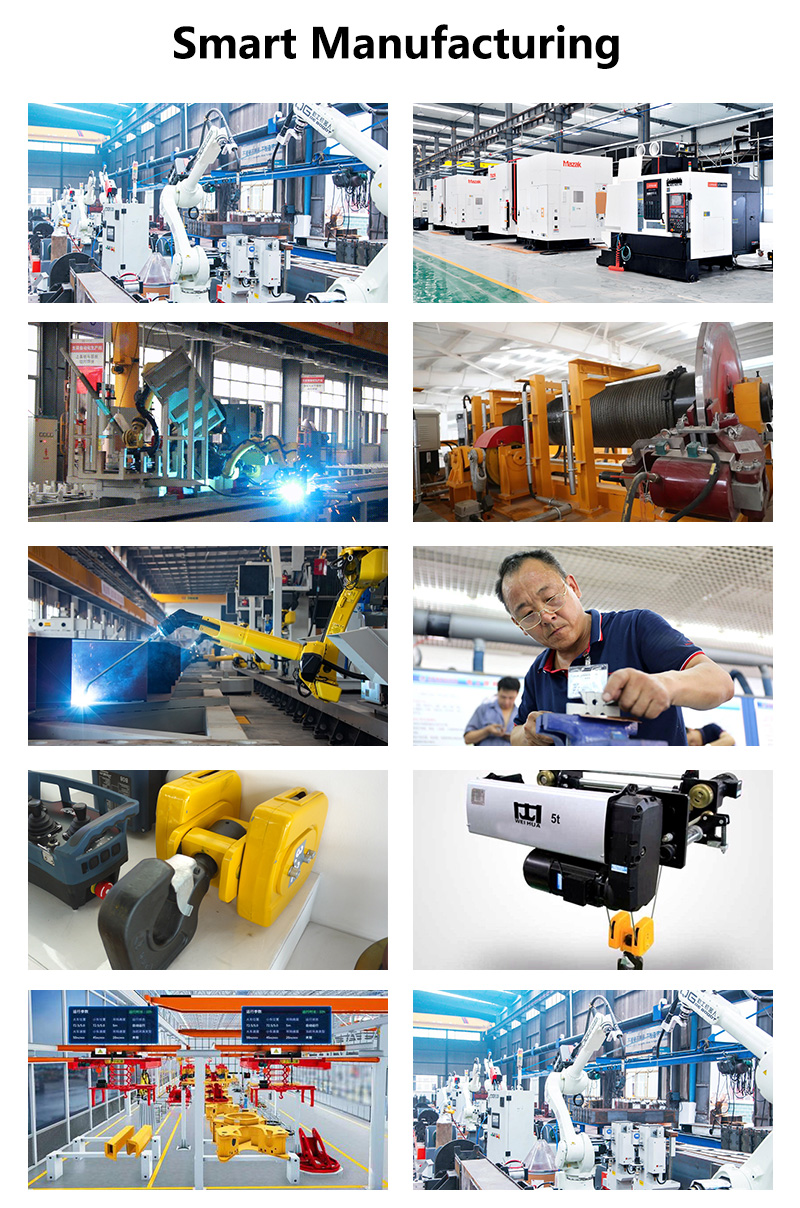Crane hooks are critical components in lifting operations, directly bearing the load and ensuring the safe movement of materials. तथापि, due to constant heavy-duty work and challenging environments, crane hooks can develop various faults over time. Understanding these common faults and knowing how to address them is vital for preventing accidents and ensuring continuous safe operation.

Problem:
Crane hooks may bend or twist due to overloading, sudden impacts, or frequent lifting near maximum capacity. Deformation changes the hook’s shape, compromising its ability to securely hold loads.
Solution:
Perform regular visual inspections to detect any bending or twisting early.
Never exceed the hook’s rated load capacity.
Replace deformed hooks immediately, straightening them is not recommended, as it weakens the material structure.
Problem:
Hooks can develop cracks or fatigue marks from repetitive stress and corrosion. Tiny cracks can grow rapidly under load, posing a high risk of sudden failure.
Solution:
Use non-destructive testing (एनडीटी) methods like magnetic particle or ultrasonic testing to detect internal cracks.
Apply protective coatings to prevent rust.
If any crack is found, remove the hook from service immediately and replace it.

Problem:
Continuous friction between the hook and lifting slings or chains causes gradual wear, especially at the throat and saddle areas. Excessive wear reduces the hook’s cross-sectional area and load-bearing strength.
Solution:
Measure the hook dimensions periodically and compare them to manufacturer specifications.
Replace the hook if wear exceeds 10% of the original dimension.
Use proper rigging accessories to minimize direct abrasion.
Problem:
Most modern crane hooks are equipped with safety latches to prevent accidental unhooking. These latches can bend, break, or lose tension due to rough handling or impacts.
Solution:
Inspect latches before each use to ensure they move freely and close properly.
Replace damaged or malfunctioning latches immediately.
Train operators to handle hooks carefully to prevent latch damage.

Problem:
Exposure to moisture, रसायन, or harsh environments can cause corrosion, weakening the metal and hiding other faults like cracks or pits.
Solution:
Keep hooks clean and dry when not in use.
Apply anti-corrosion treatments or paint coatings as appropriate.
Use stainless steel or specially coated hooks in corrosive environments.


1. Routine Inspections: Implement a regular inspection schedule — daily visual checks and periodic detailed checks according to industry standards.
2. उचित प्रशिक्षण: Ensure operators are trained to use hooks correctly, avoid shock loading, and report any signs of damage immediately.
3. रिकॉर्ड रखना: Maintain inspection and maintenance records to track each hook’s condition and lifespan.
4. Timely Replacement: Never compromise on safety — replace hooks that show signs of damage or wear beyond safe limits.
Crane hooks are small but mighty parts of lifting systems, and their integrity is directly linked to the safety of people and equipment. By understanding common faults of crane hooks and taking proactive measures to inspect, maintain, and replace them when needed, you can prevent costly downtime and serious accidents on site.
हम आपकी प्रतिक्रिया को महत्व देते हैं! कृपया नीचे दिए गए फ़ॉर्म को पूरा करें ताकि हम आपकी सेवाओं को आपकी विशिष्ट आवश्यकताओं के लिए दर्जी कर सकें.


उत्पाद जानकारी प्राप्त करने के लिए बटन पर क्लिक करें और व्हाट्सएप पर उद्धरण.
उद्धरण प्राप्त करना
नवीनतम टिप्पणियां